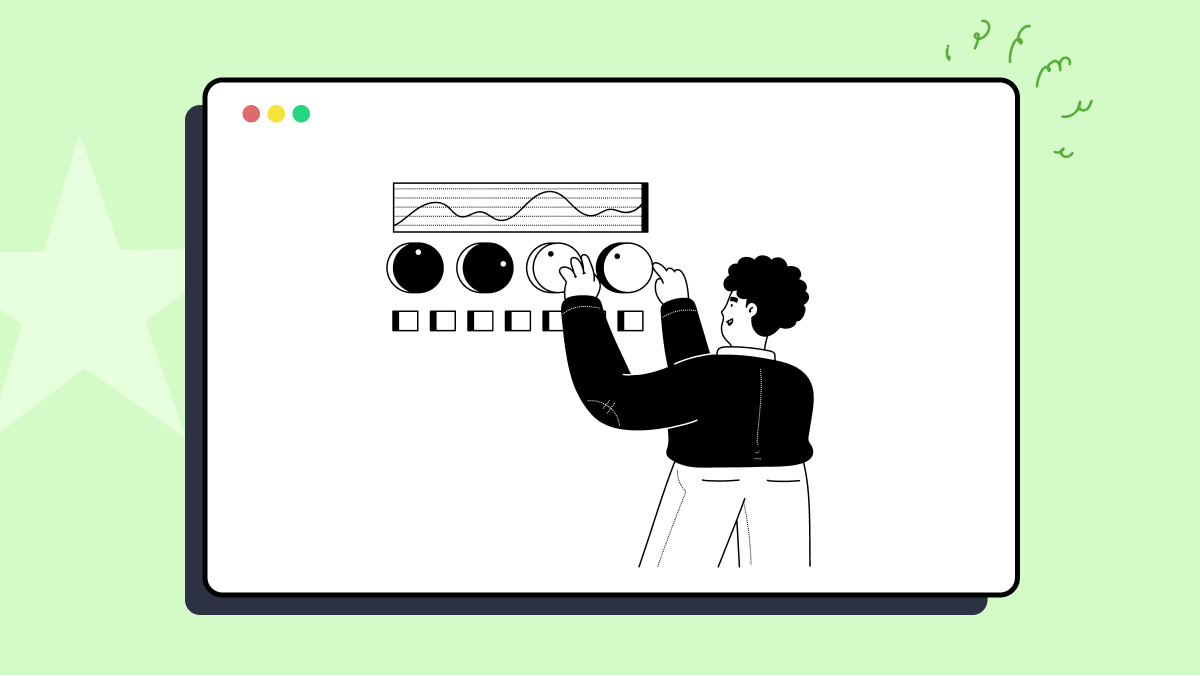How to use UpdateAccount method of Microsoft.Coyote.Samples.AccountManager.ETags.AccountManager class
Best Coyote code snippet using Microsoft.Coyote.Samples.AccountManager.ETags.AccountManager.UpdateAccount
Program.cs
Source: Program.cs
...19 string accountName = "MyAccount";20 // Create the account, it should complete successfully and return true.21 var result = await accountManager.CreateAccount(accountName, "first_version", 1);22 Assert.True(result);23 result = await accountManager.UpdateAccount(accountName, "second_version", 2);24 Assert.True(result);25 result = await accountManager.UpdateAccount(accountName, "second_version_alt", 2);26 Assert.False(result);27 }28 [Microsoft.Coyote.SystematicTesting.Test]29 public static async Task TestConcurrentAccountUpdate()30 {31 // Initialize the mock in-memory DB and account manager.32 var dbCollection = new InMemoryDbCollection();33 var accountManager = new AccountManager(dbCollection);34 string accountName = "MyAccount";35 // Create the account, it should complete successfully and return true.36 var result = await accountManager.CreateAccount(accountName, "first_version", 1);37 Assert.True(result);38 // Call UpdateAccount twice without awaiting, which makes both methods run39 // asynchronously with each other.40 var task1 = accountManager.UpdateAccount(accountName, "second_version", 2);41 var task2 = accountManager.UpdateAccount(accountName, "second_version_alt", 2);42 // Then wait both requests to complete.43 await Task.WhenAll(task1, task2);44 // Finally, assert that only one of the two requests succeeded and the other45 // failed. Note that we do not know which one of the two succeeded as the46 // requests ran concurrently (this is why we use an exclusive OR).47 Assert.True(task1.Result ^ task2.Result);48 }49 [Microsoft.Coyote.SystematicTesting.Test]50 public static async Task TestGetAccountAfterConcurrentUpdate()51 {52 // Initialize the mock in-memory DB and account manager.53 var dbCollection = new InMemoryDbCollection();54 var accountManager = new AccountManager(dbCollection);55 string accountName = "MyAccount";56 // Create the account, it should complete successfully and return true.57 var result = await accountManager.CreateAccount(accountName, "first_version", 1);58 Assert.True(result);59 // Call UpdateAccount twice without awaiting, which makes both methods run60 // asynchronously with each other.61 var task1 = accountManager.UpdateAccount(accountName, "second_version", 2);62 var task2 = accountManager.UpdateAccount(accountName, "third_version", 3);63 // Then wait both requests to complete.64 await Task.WhenAll(task1, task2);65 // Finally, get the account and assert that the version is always 3,66 // which is the latest updated version.67 var account = await accountManager.GetAccount(accountName);68 Assert.True(account.Version == 3);69 }70 }71}...AccountManager.cs
Source: AccountManager.cs
...30 return false;31 }32 }33 // Returns true if the account is updated, else false.34 public async Task<bool> UpdateAccount(string accountName, string accountPayload, int accountVersion)35 {36 Account existingAccount;37 Guid existingAccountETag;38 // Naive retry if ETags mismatch. In reality, you would use a proper retry policy.39 while (true)40 {41 try42 {43 (string value, Guid etag) = await this.AccountCollection.GetRow(accountName);44 existingAccount = JsonSerializer.Deserialize<Account>(value);45 existingAccountETag = etag;46 }47 catch (RowNotFoundException)48 {...UpdateAccount
Using AI Code Generation
1using Microsoft.Coyote.Samples.AccountManager.ETags;2using Microsoft.Coyote.Samples.AccountManager.ETags.Models;3using System;4using System.Collections.Generic;5using System.Linq;6using System.Text;7using System.Threading.Tasks;8{9 {10 static void Main(string[] args)11 {12 var accountManager = new AccountManager();13 {14 };15 accountManager.CreateAccount(account);16 account.Balance = 200;17 accountManager.UpdateAccount(account);18 }19 }20}21using Microsoft.Coyote.Samples.AccountManager.ETags;22using Microsoft.Coyote.Samples.AccountManager.ETags.Models;23using System;24using System.Collections.Generic;25using System.Linq;26using System.Text;27using System.Threading.Tasks;28{29 {30 static void Main(string[] args)31 {32 var accountManager = new AccountManager();33 {34 };35 accountManager.CreateAccount(account);36 account.Balance = 200;37 accountManager.UpdateAccount(account);38 account.Balance = 150;39 accountManager.UpdateAccount(account);40 }41 }42}43using Microsoft.Coyote.Samples.AccountManager.ETags;44using Microsoft.Coyote.Samples.AccountManager.ETags.Models;45using System;46using System.Collections.Generic;47using System.Linq;48using System.Text;49using System.Threading.Tasks;50{51 {52 static void Main(string[] args)53 {54 var accountManager = new AccountManager();55 {56 };57 accountManager.CreateAccount(account);58 account.Balance = 200;59 accountManager.UpdateAccount(account);60 account.Balance = 150;61 accountManager.UpdateAccount(account);62 account.Balance = 250;UpdateAccount
Using AI Code Generation
1using System;2using System.Threading.Tasks;3using Microsoft.Coyote;4using Microsoft.Coyote.Samples.AccountManager.ETags;5{6 {7 static void Main(string[] args)8 {9 var accountManager = new AccountManager();10 var account = new Account();11 account.Id = 1;12 account.FirstName = "John";13 account.LastName = "Doe";UpdateAccount
Using AI Code Generation
1using Microsoft.Coyote.Samples.AccountManager.ETags;2{3 public static void Main(string[] args)4 {5 AccountManager accountManager = new AccountManager();6 accountManager.UpdateAccount(1, "John", "Doe");7 }8}9public void UpdateAccount(int id, string firstName, string lastName)UpdateAccount
Using AI Code Generation
1{2 {3 public void UpdateAccount(string accountId, string accountName)4 {5 }6 }7}8using Microsoft.Coyote.Samples.AccountManager.ETags;9{10 {11 private AccountManager accountManager;12 public void UpdateAccount(string accountId, string accountName)13 {14 }15 }16}17using Microsoft.Coyote.Samples.AccountManager.ETags;18{19 {20 private AccountManager accountManager;21 public void UpdateAccount(string accountId, string accountName)22 {23 }24 }25}26using Microsoft.Coyote.Samples.AccountManager.ETags;27{28 {29 private AccountManager accountManager;30 public void UpdateAccount(string accountId, string accountName)31 {32 }33 }34}35using Microsoft.Coyote.Samples.AccountManager.ETags;36{37 {38 private AccountManager accountManager;39 public void UpdateAccount(string accountId, string accountName)40 {41 }42 }43}Blogs
Check out the latest blogs from LambdaTest on this topic:
Agile software development stems from a philosophy that being agile means creating and responding to change swiftly. Agile means having the ability to adapt and respond to change without dissolving into chaos. Being Agile involves teamwork built on diverse capabilities, skills, and talents. Team members include both the business and software development sides working together to produce working software that meets or exceeds customer expectations continuously.
Unit and functional testing are the prime ways of verifying the JavaScript code quality. However, a host of tools are available that can also check code before or during its execution in order to test its quality and adherence to coding standards. With each tool having its unique features and advantages contributing to its testing capabilities, you can use the tool that best suits your need for performing JavaScript testing.
The web paradigm has changed considerably over the last few years. Web 2.0, a term coined way back in 1999, was one of the pivotal moments in the history of the Internet. UGC (User Generated Content), ease of use, and interoperability for the end-users were the key pillars of Web 2.0. Consumers who were only consuming content up till now started creating different forms of content (e.g., text, audio, video, etc.).
Traditional software testers must step up if they want to remain relevant in the Agile environment. Agile will most probably continue to be the leading form of the software development process in the coming years.
Automation Testing Tutorials
Learn to execute automation testing from scratch with LambdaTest Learning Hub. Right from setting up the prerequisites to run your first automation test, to following best practices and diving deeper into advanced test scenarios. LambdaTest Learning Hubs compile a list of step-by-step guides to help you be proficient with different test automation frameworks i.e. Selenium, Cypress, TestNG etc.
LambdaTest Learning Hubs:
- JUnit Tutorial
- TestNG Tutorial
- Webdriver Tutorial
- WebDriverIO Tutorial
- Protractor Tutorial
- Selenium 4 Tutorial
- Jenkins Tutorial
- NUnit Tutorial
- Jest Tutorial
- Playwright Tutorial
- Cypress Tutorial
- PyTest Tutorial
YouTube
You could also refer to video tutorials over LambdaTest YouTube channel to get step by step demonstration from industry experts.
Most used method in AccountManager
Try LambdaTest Now !!
Get 100 minutes of automation test minutes FREE!!



